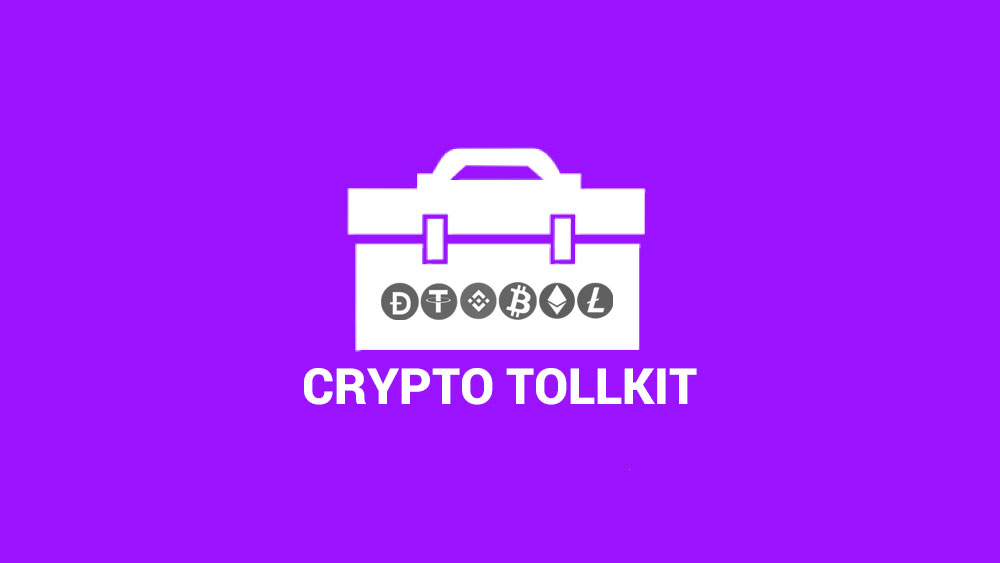Crypto Toolkit
To buy cryptocurrency, a person needs a combination of tools and items to navigate the process securely and efficiently. Here's a list of essential items and tools:

1. Cryptocurrency Wallet:
Purpose: A digital wallet is essential for storing, sending, and receiving cryptocurrencies.
Types:
- Software Wallets: Online wallets (e.g., mobile apps like Trust Wallet).
- Hardware Wallets: Physical devices (e.g., Ledger Nano S) for enhanced security.
- Paper Wallets: Physical documents containing public and private keys.
2. Internet Connection:
Purpose: A stable internet connection is necessary for accessing cryptocurrency exchanges, wallets, and other online platforms.
3. Secure Device:
- Purpose: Use a secure and updated device (computer, smartphone) to access cryptocurrency platforms and wallets.
- Security Measures: Install antivirus software and keep the operating system and applications up to date.
4. Knowledge and Research:
Purpose:** Understanding the cryptocurrency market and specific coins before making investment decisions.
Components:
- Basic knowledge of blockchain technology.
- Familiarity with different cryptocurrencies and their use cases.
- Awareness of market trends and potential risks.
5. Cryptocurrency Exchange Account:
Purpose: A platform for buying, selling, and trading cryptocurrencies.
Registration:**
- Create an account on a reputable cryptocurrency exchange (e.g., Coinbase, Binance, Kraken).
- Complete the necessary identity verification (KYC) procedures.
6. Fiat Currency (USD, EUR, etc.):
Purpose: Traditional currency used to purchase cryptocurrencies.
Deposit Options:
- Link a bank account to the cryptocurrency exchange.
- Deposit funds using credit/debit cards or other payment methods.
7. Secure Passwords and Two-Factor Authentication (2FA):
Purpose:** Protect accounts from unauthorized access.
Recommendations:
- Use complex passwords.
- Enable 2FA for an extra layer of security.
8. Blockchain Explorer:
- Purpose: A tool to track and verify cryptocurrency transactions on the blockchain.
- Example: Websites like Etherscan for Ethereum transactions.
9. Cryptocurrency Price Trackers:
- Purpose: Tools to monitor real-time cryptocurrency prices.
- Examples: CoinMarketCap, CoinGecko, or exchanges with built-in price tracking.
10. Research Tools:
- Purpose: Tools for market analysis and staying informed about cryptocurrency trends.
- Examples: Cryptocurrency news websites, social media, and research platforms.
11. Storage Solutions for Recovery Phrases:
- Purpose: Securely store recovery phrases or seed phrases associated with wallets.
- Options: Use hardware solutions, secure digital backups, or physical methods.
12. Risk Management Strategies:
Purpose: Develop strategies for risk mitigation and responsible investing.
Components:
- Diversification of investments.
- Setting investment goals and risk tolerance.
- Staying informed about market conditions.
13. Legal and Regulatory Awareness:
Purpose: Stay informed about cryptocurrency regulations and tax implications.
Considerations:
- Understand tax obligations related to cryptocurrency transactions.
- Adhere to regulatory requirements in your jurisdiction.
Conclusion:
Having these tools and items in place ensures that individuals can navigate the cryptocurrency space with a balanced approach, considering security, knowledge, and responsible investment practices.
